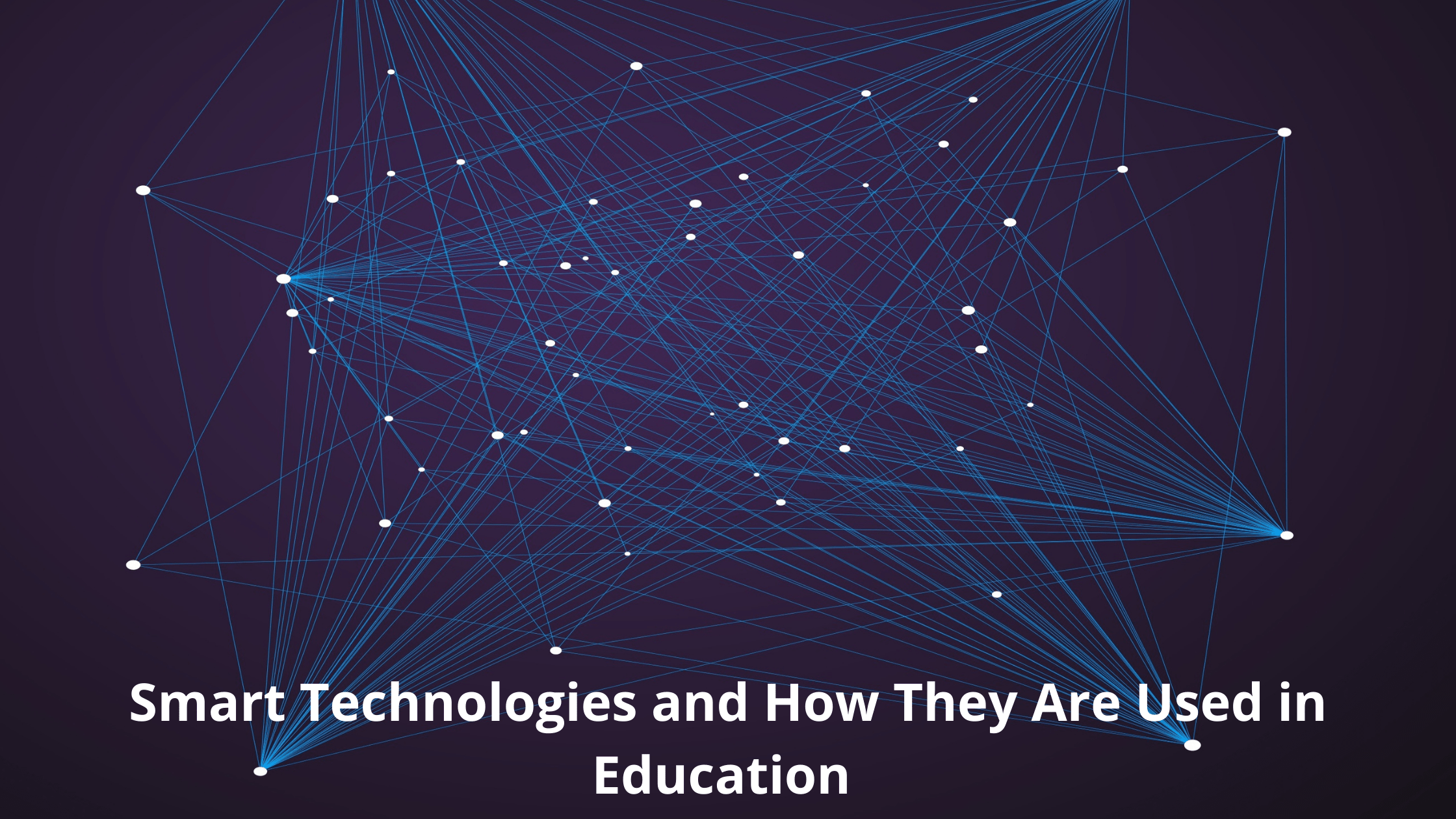Education is changing: new methods and approaches are being developed, fresh research is emerging, the achievements of scientific and technological progress are becoming part of learning. In such circumstances, to rely on the paradigm of education of the early 20th century, when knowledge was learned once and for all, and the set of knowledge itself was firmly fixed, is meaningless – it is outdated.
Technology makes it possible to combine and apply modern approaches to learning. It is hoped that with their help, a breakthrough will happen in the education system, and children and adults will no longer have to pore over textbooks for years. Their education will become not only more exciting but also more effective.
Table of Contents
How Artificial Intelligence Is Used in Education
One of the most popular technologies used in education is artificial intelligence. According to a study, spending on the use of artificial intelligence in education grew from $0.8 billion to $6.1 billion from 2015-2018.
Personalization of learning is a major benefit of artificial intelligence.
One successful app is the Chinese startup Yuanfudao. The company offers online courses for school children, currently the project has over 200 million users. The application for homework help, developed on the basis of artificial intelligence, scans the task, recognizes the problem, and suggests the most appropriate solution.
The integration of artificial intelligence and machine learning is actively used by the language service Duolingo. This allows the entire educational process to be personalized from pre-testing to adapting lessons to individual progress and the dynamics of the development of individual language skills.
Gamification
Today’s education must adapt to the growing generation. We need to take into account the peculiarities of today’s children and introduce new technologies in modern schools.
The old principles of teaching are becoming obsolete. It seems strange today to rewrite a huge and tedious exercise by hand, or to wade through an irrelevant textbook from the last century.
To make learning more lively and interactive, gamification is used: elements of games are introduced into the educational process. Of course, it’s far from games at ऑनलाइन कैसिनो भारत NationalCasino, but this fact doesn’t make them less loved by kids.
Gamification changes the attitude towards mistakes – children cease to be afraid of “D”. The opportunity to go through the mission all over again is an important principle in a computer game. You can look for a solution as much as you want and find new options every time.
Social Media in Learning
Numerous universities have already registered with the virtual world of Second Life to provide students with an online platform to communicate with each other. As a big part of the cloud platform, such social networks allow students to focus on their studies and discuss ideas freely, while teachers will act as moderators.
An important role in all of this is for teachers to act as guides, helping with answers and asking questions, instantly uploading information to the cloud. Another advantage is that it serves as a great feedback tool. A socially-oriented approach to learning could be the foundation in the future.
What to Expect in the Near Future
Obviously, corporations, industrial enterprises, medical institutions, and online language schools are the primary beneficiaries of high technology in education right now. However, every year I see more and more successful developments based on a wide variety of fields of knowledge and target audiences.
Of course, introducing new technologies into education will require a corresponding understanding on the part of the state. It is obvious that innovative technologies will allow learning more effectively and mastering necessary skills in a shorter time, which means development of human capital and the preservation of professional and creative longevity.

